.
.
Who Knew
How often I crushed autumn leaves
Until I saw a robin drink
From one that cupped the fallen rain,
And many times too, I did break
Icicles dripping from a roof.
How often in the spring I plucked
A bud before it opened full,
Afore the bees could curl their tongues
Or spread the pollen bloom to bloom.
Why O why was I not around
When autumn winds were yet to blow
And leaves still clung tight to their limbs,
When icicles were yet to freeze,
To spend more summer days with you
Ere your demise… but then who knew?
.
.
Haiku
After its first flight
The young gerfalcon’s talons
Tighter on my glove
.
.
Áine Mae is ranked among the top ten living haiku poets in the world. She’s a descendant of Francis Scott Key (author of the Star-Spangled Banner), F. Scott Fitzgerald (author of The Great Gatsby), and science fiction writer Alexander Hill Key (author of Escape to Witch Mountain).
Discover more from Society of Classical Poets
Subscribe to get the latest posts sent to your email.



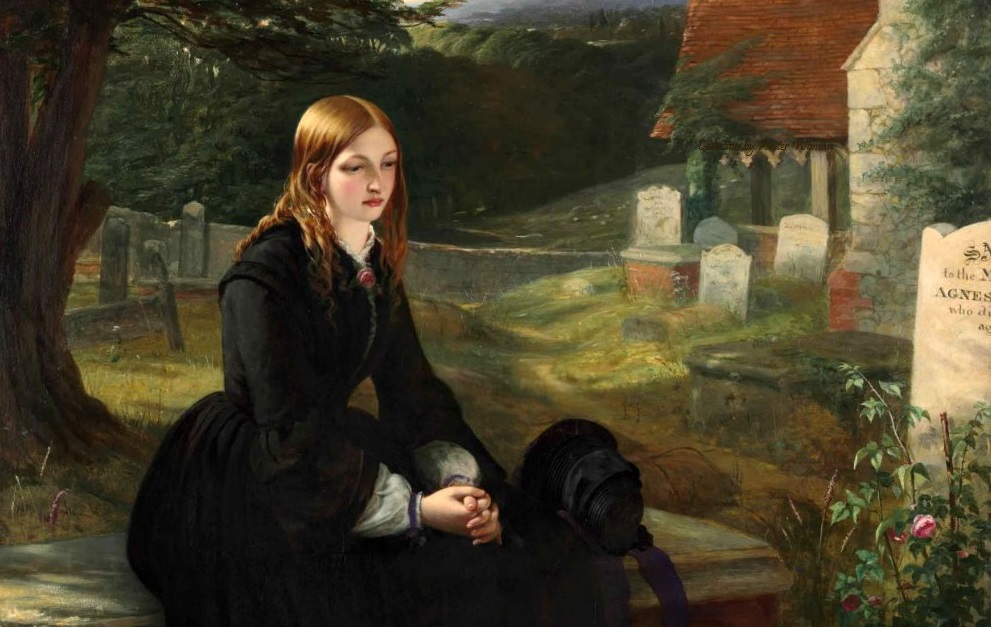
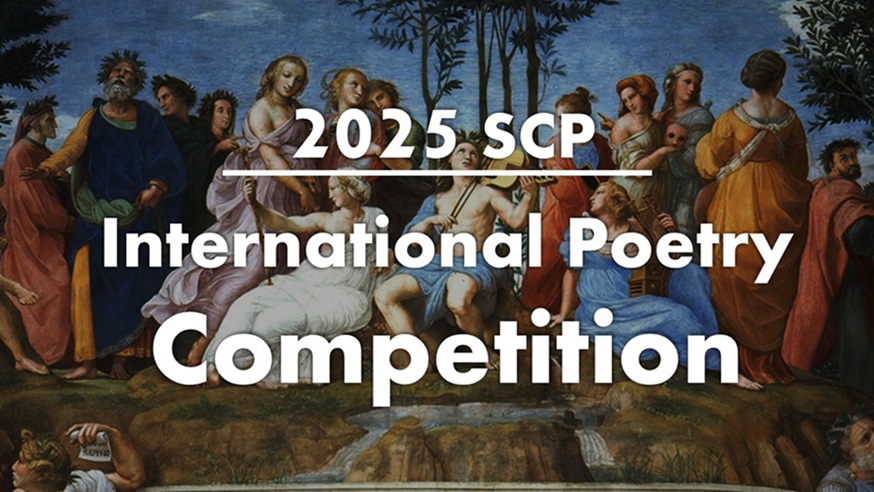
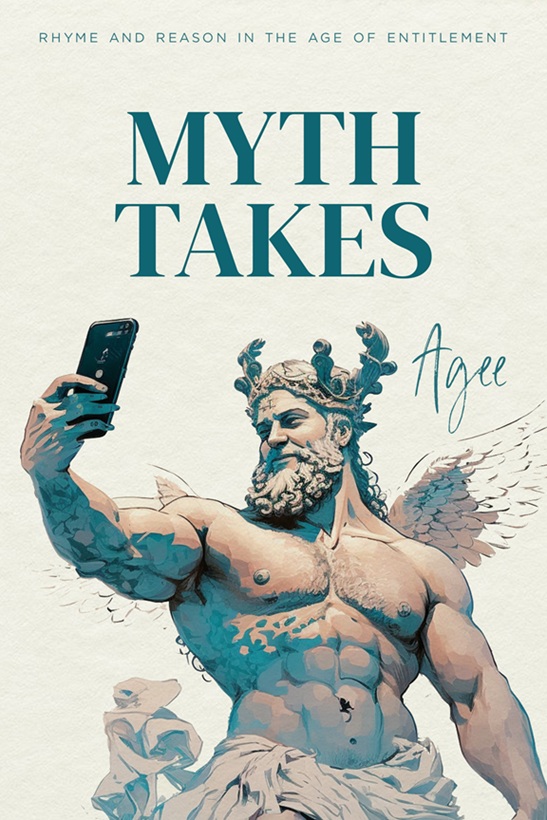


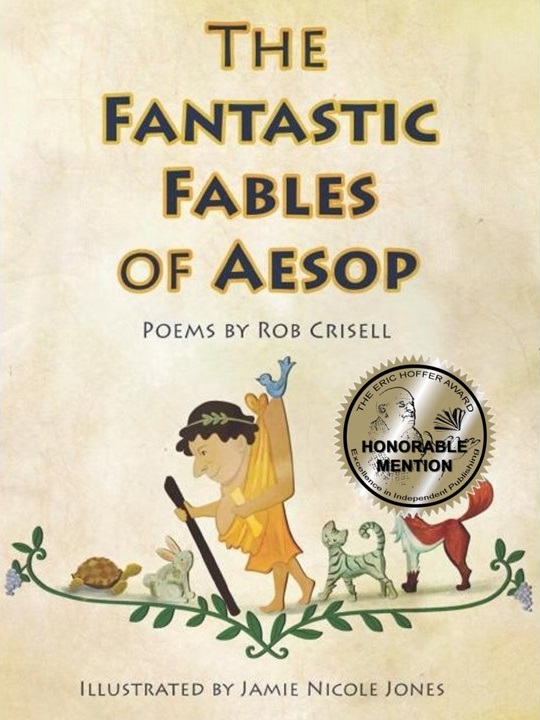
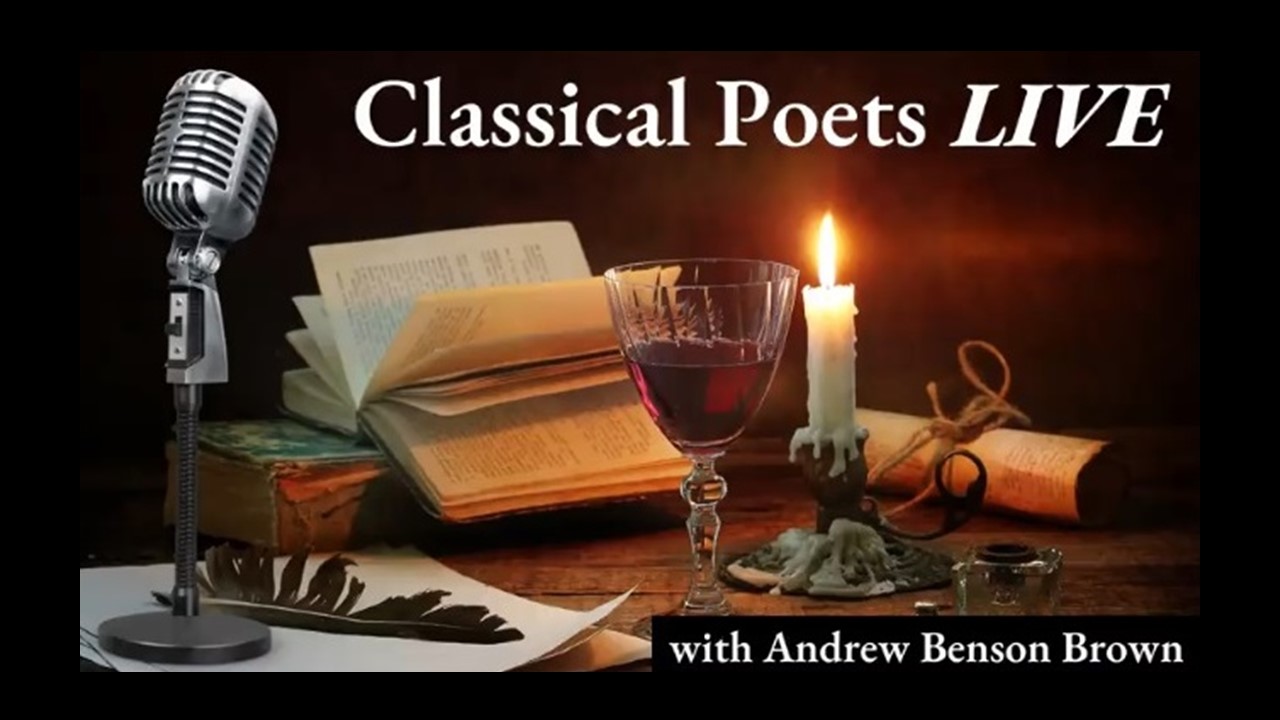

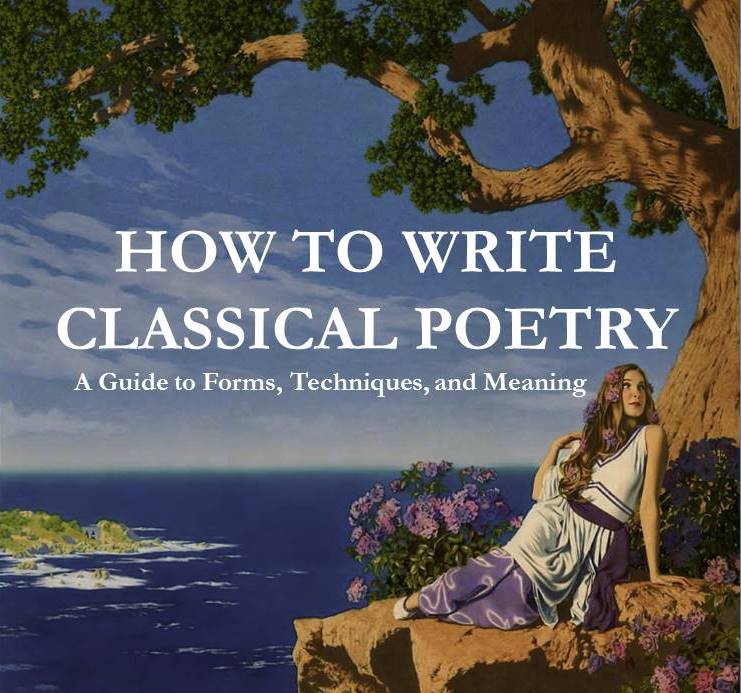




Just wonderful!
Thank you Joe, your kind words are much appreciated, Aine Mae aka an’ya
Quite beautiful. I enjoyed this, very much.
Áine Mae, the sorrow and sentiment of “Who Knew” has touched me deeply. How many of the wonders and marvels of the gifts around us are overlooked? I have never thought of a leaf being a drinking vessel for birds. I like the way you juxtapose the miracles of nature with the gift of a close relationship… and the pain that wisdom brings when those gifts are gone.
I really love the haiku, and the twist of the bird clinging ever-tighter after tasting freedom. It reminds me of this quote by Richard Bach; “If you love someone, set them free. If they come back they’re yours; if they don’t they never were.” ~ Wonderful and thank you!
Thank you, David and Susan. As poets, you know how every little comment counts, and when someone actually gets the gist of your poem, it means so much.
The haiku won First Place in one of the British Haiku Society competitions. I like to write poetry that hopefully, people can relate to in their own lives. Here is a tanka for instance, my favorite genre:
old memories
like tangled fish hooks
impossible
to pick up only one
without all the others
an’ya
(First Place Tanka Society of America Contest)
Dear Aine,
Love your work!
I am so fond of my memories of and
do have some “what ifs” of my dear husband and son.
You bring it back — in a good way.
Thank you.
A most moving set of images in”Who Knew” and I had never heard of the mighty Gerfalcon until reading your Haiku. Two most enjoyable pieces, thank you.
Jeff,
They’re known as gyrfalcons on this side of the pond.
I checked to make sure and it’s the same bird.
Thanks Joe, not a bird we see over here.
Dear Tonia and Jeff, thank you both for commenting and glad you enjoyed and related. love ya, an’ya (Aine)
PS: I use an’ya for haiku and tanka, and Aine for other poetry.
An’ya,
What is Tanka?
An’ya, I really enjoy your poem and I have a question about the grammar in your haiku:
After its first flight
The young gerfalcon’s talons
Tighter on my glove
Is there a typo or a word missing? I’m stumbling over “Tighter”. It seems to me it should be either Teighten, or there should be a verb in there, like Grip perhaps:
The young gerfalcon’s talons
Grip tighter on my glove
Or perhaps there are special grammatical rules for haiku of which I am unaware?
Thank you for sharing.
HI Yael, there is a specific form for haiku, yes. Your idea of “tighten” would also have worked, albeit at this point in time, I can’t change it. I am always open to suggestions and your point is well taken. I think the word “grip” would be redundant, but as I said “tighten” would have worked. Actually, it would have put my haiku more in the immediate moment. As a side note, this particular haiku is the maximum of acceptable syllables in a haiku, but haiku was originally taught to be 5,7,5 in our school systems and some still use that many, but the Japanese sounds are shorter than our syllable, so nowadays fewer syllables are also acceptable. love ya, an’ya
Thank you for your quick reply An’ya. After reading your explanation I perceive that you may be using the word “talons” as a verb, not as a noun. I didn’t know that talon could be used as a verb, but I suppose if claw can be used as a noun or a verb so can talon. In which case I don’t understand why there is an apostrophe and the letter S at the end of gerfalcon, indicating the possessive case. I read “The young gerfalcon’s talons” to mean “the talons belonging to the young gerfalcon”.
If talons is a verb which describes the gerfalcon’s action, should this line not read “The young gerfalcon talons”? The last line would then follow naturally as the young gerfalcon talons tighter on your glove. Unless of course “talons” is being contemplated as a noun and a verb simultaneously, indicating the talons belonging to the young gerfalcon as well as his action of taloning tighter on your glove. That would be a most interesting grammatical feat and I’m open to the possibility as I’m German, and we also do some pretty interesting things with verbs and nouns there.
Yael, “Tighter” is just fine. It’s a comparative adjective, and here it just means “Are tighter on my glove.” The verb of being is ellipsed is what is happening. It would be as if I wrote something like “the second time, better than the first.” Haiku are often impressionistic and unpunctuated.
Thank you C.B. for your explanation. It’s amazing how many ways there are of reading and understanding the written word. I’m learning so much here!
Joe, thanks for asking.
Firstly known as Waka (Japanese song) during the
Heian period from 785-1185 CE, this form is presently
Known as “Tanka.” It is a non-rhymed lyrical poem
consisting of 5 lines total with a short, long, short,
long, long syllable count of no more than 31 total, but
acceptably less to compensate for the difference in
Japanese sound units and English syllables.
The art of linking the human and natural worlds through
the 5 seasons and our 21 senses pervade Japanese
Tanka and natural images almost invariably symbolize
some human emotion or human experience.
Subject matter is quite varied in waka/tanka. It can be
helpful to take a theme from the natural world, and then
unexpectedly twist it into a personal memory; one with
fresh yet familiar imagery, and which will on a universal
level, evoke powerful meaning. The concept of the pathos
of existence characterized by a sense of gentle desolation
is frequently a key poetic device in Japanese poetry forms,
but particularly in this form. Waka/tanka is simple, subtle,
unobtrusive beauty, or a balance of simplicity and complexity.
Waka gradually evolved into the poetry of the Imperial
Court from the 10th to 13th centuries when numerous
anthologies of court poetry were compiled both under
Imperial auspices and privately among the aristocracy. Its
history continues to be venerated to date by the Emperor
of Japan through a thousand-year-long tradition of the
New Year’s Poetry Ceremony still held annually at the
Imperial Palace in Tokyo. Courtly elegance and refinement
refer to the aristocracy’s privileging of a genteel aesthetic
sensibility and subtleness of expression. The best Waka/
Tanka selected are chanted, and two of the most popular
topics continue to be about ongoing love affairs and the
natural world. A typical waka/tanka poet/poetess is a true
connoisseur of love and a lover of nature.
Thank you for
your brilliant explication.
I must ask;
5 seasons and our 21 senses?
Hi Joe, you asked, but knowing this really helps me in writing about nature and human nature, so I’ll share it. The 5 seasons first are:
Spring
Summer
Autumn
Winter
The New year
As far as the senses, it’s more complicated. Most people know only about the 5 senses, but there are actually 9 confirmed senses, 21 confirmed but less focused senses, and even 33
debated human senses.
Just so you know I’m not totally crazy
The first person who tried to make a list of human senses was the Greek philosopher, Aristotle (384 BC – 322 BC). He was also the first one to name the five basic human senses. Later, four more senses were added to his list, and then they were further differentiated to get a total of 21 or more (sometimes 33) human senses, depending on the opinion of different neurologists. A list of the human senses (those that are generally accepted), their related human sense organs, and the function of human senses are these.The 5 basic senses:
Visual perception (sight)
Auditory sensations (Sound)
The Tongue or sense of (taste)
The Nose or sense of (smell)
Skin is considered the fifth basic sense
Here are 4 internal human senses:
Skin again or the lack or increase of heat (temperature)
Body Parts or awareness of them without visual input
Whole Body or the sensation of pain in the body, skin, or organs).
4 more Senses are:
Whole Body or the sense of Acceleration
The Skin’s perception of Pressure as a sense
Blood and Brain which are the sensations of hunger, thirst, vomiting, and suffocation.
Stretching the muscles, joints and skin is the sense of gag reflex, gas distension, and excretion. Possibly childbirth would also
apply here.
The sense of Balance is in this category
Skin again as in (flushed skin or blushing)
Body parts again as in a combo of senses (like laughing at someone’s voice).
There are also controversial extrasensory perception senses are:
The Sixth Sense is known as (intuition)
Premonition or paranormal, which is the subconscious sense of future events.
Telepathy Auditory perception of a person’s (near or far) thoughts.
Precognition Visual perception of future events.
Clairvoyance Visual perception of invisible objects or events.
Clairaudience Auditory perception of the invisible.
The role of human senses are:
Motion
Reaction
Emotion
Articulation
Interpretation
Comprehension
Cognition
Recognition
Sensation
Perception
love ya, an’ya
Thank you C.B. for the detailed explanation, and yes you are
correct about haiku. Another point is that haiku is not only unpunctuated, it also only uses lowercase letters. Thanks again, an’ya
Thank you An’ya beautiful – I specifically loved “Who Knew”
Dear Ann, thank you for your kind words!! love ya, an’ya